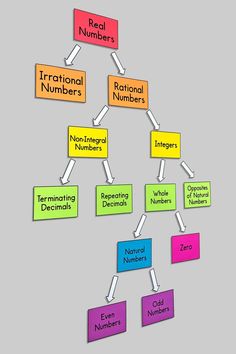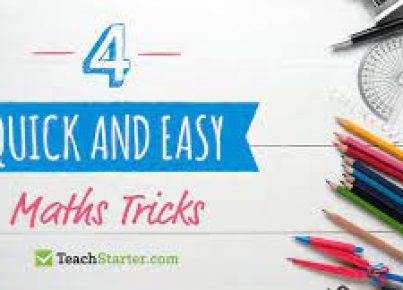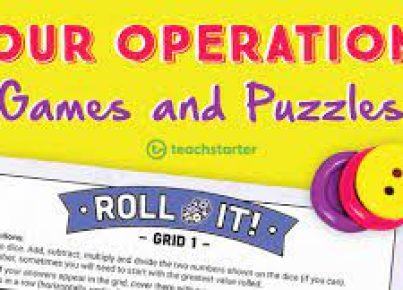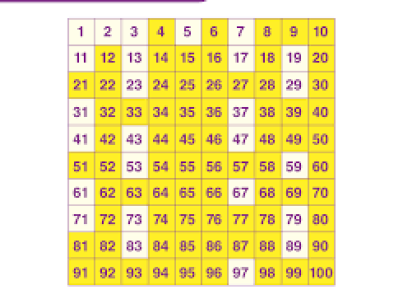Mathematics is not just a subject of cold calculations and abstract symbols. It is a vibrant field of inquiry where learners can explore, discover, and understand the patterns that govern the world around us. One of the most effective ways to ignite students’ interest and deepen their understanding is through mathematical investigations. The incorporation of rich teaching resources in these explorations can significantly enhance the learning experience.
What are Mathematics Investigations?
Mathematics investigations are open-ended tasks that allow students to apply mathematical concepts and skills creatively to solve problems. Unlike traditional exercises with predetermined outcomes, investigations encourage learners to pose questions, formulate hypotheses, experiment with strategies, and draw conclusions based on their findings. They foster critical thinking, problem-solving, and communication skills as students work individually or collaboratively to navigate through their mathematical journey.
The Role of Teaching Resources in Mathematics Investigations
To facilitate successful mathematics investigations, teachers need to equip their classrooms with a variety of resources that cater to diverse learning styles and assist in delving deeper into concepts. Here are several key resources and how they can be integrated into teaching:
1.Manipulatives and Models
Physical objects like base-ten blocks, fraction circles, algebra tiles, and geometric shapes can help students visualize and manipulate mathematical ideas. When learners handle these manipulatives, they build concrete understanding before moving on to more abstract notions.
2.Digital Tools and Software
Technology offers dynamic possibilities for mathematical investigations. Interactive software such as Geometer’s Sketchpad or graphing calculators enable students to experiment with geometric shapes, analyze data, and explore algebraic expressions with immediate feedback.
3.Storybooks and Literature
Integrating literature into math lessons can provide context for investigations that resonate with students’ experiences. Picture books or stories involving math problems spark creativity and help learners see the relevance of mathematics in everyday life.
4.Games and Puzzles
Games engage students in a fun yet challenging way by incorporating mathematical thinking into play. Puzzles like Sudoku or logic problems promote strategic reasoning as students work towards solutions.
5.Project-Based Learning Kits
Curated project kits can offer comprehensive materials for conducting in-depth investigations on certain topics such as number theory or probability. They usually come with instructions, scenarios for inquiry, and all necessary components for execution.
6.Real-World Data Sets
Using data from real-world contexts makes mathematics meaningful. Whether it’s sports statistics, weather patterns or financial charts – when students analyze actual data sets, they develop analytical skills that are applicable outside the classroom.
Conclusion
Combining mathematics investigations with a wealth of teaching resources not only enriches learning but also prepares students for a future where they can apply their skills effectively in various contexts. It’s about creating an environment where curiosity drives exploration, mistakes are seen as learning opportunities, and persistence in problem-solving is cultivated. With the right blend of resources at their disposal, educators can guide their students towards becoming not just competent mathematicians but also lifelong learners who value the beauty and utility of mathematics.





